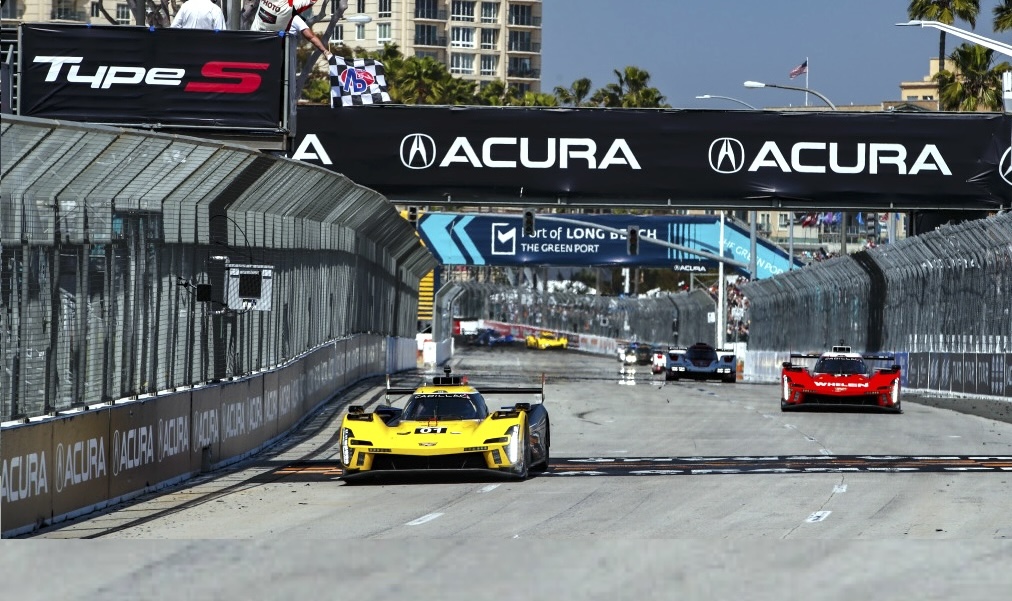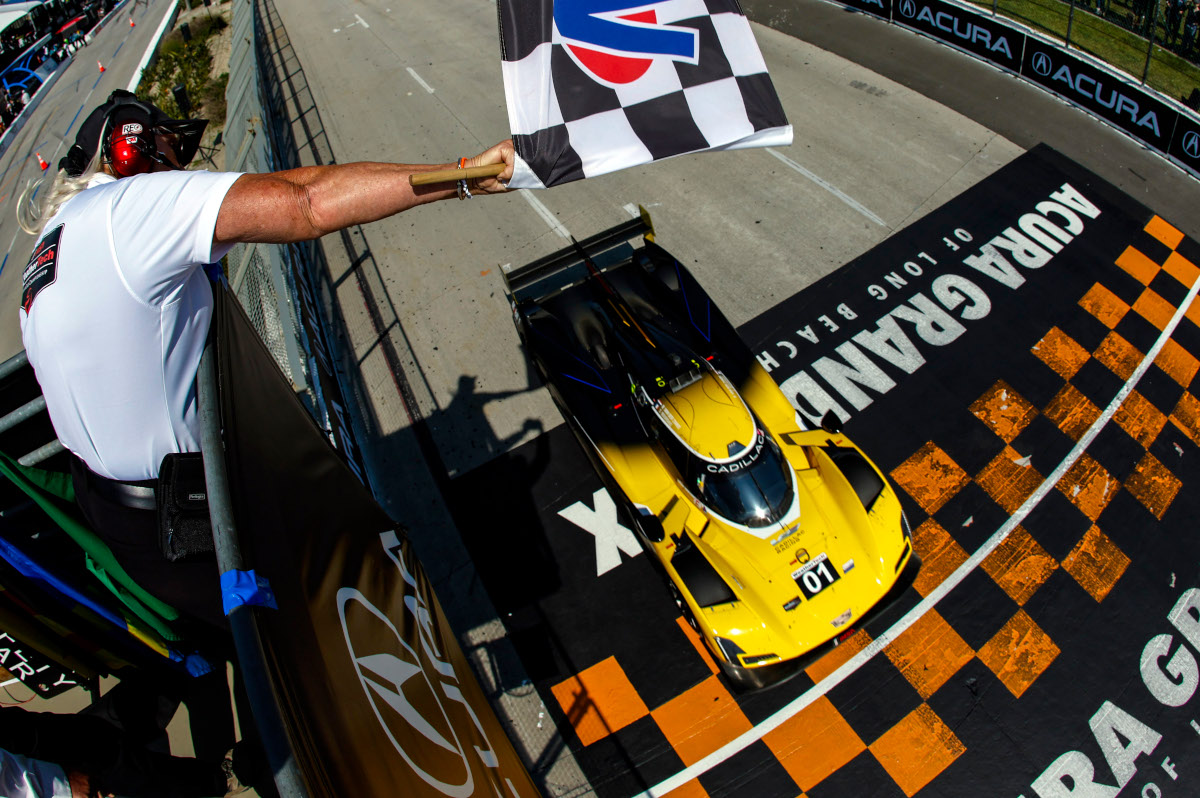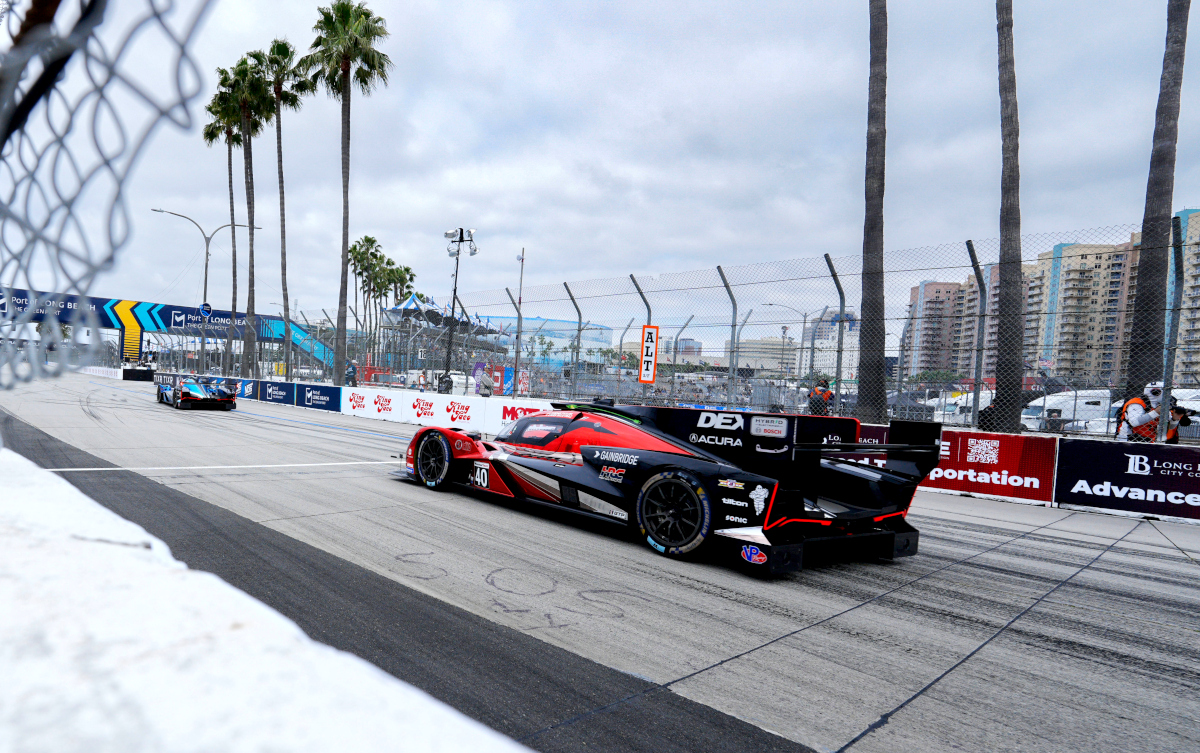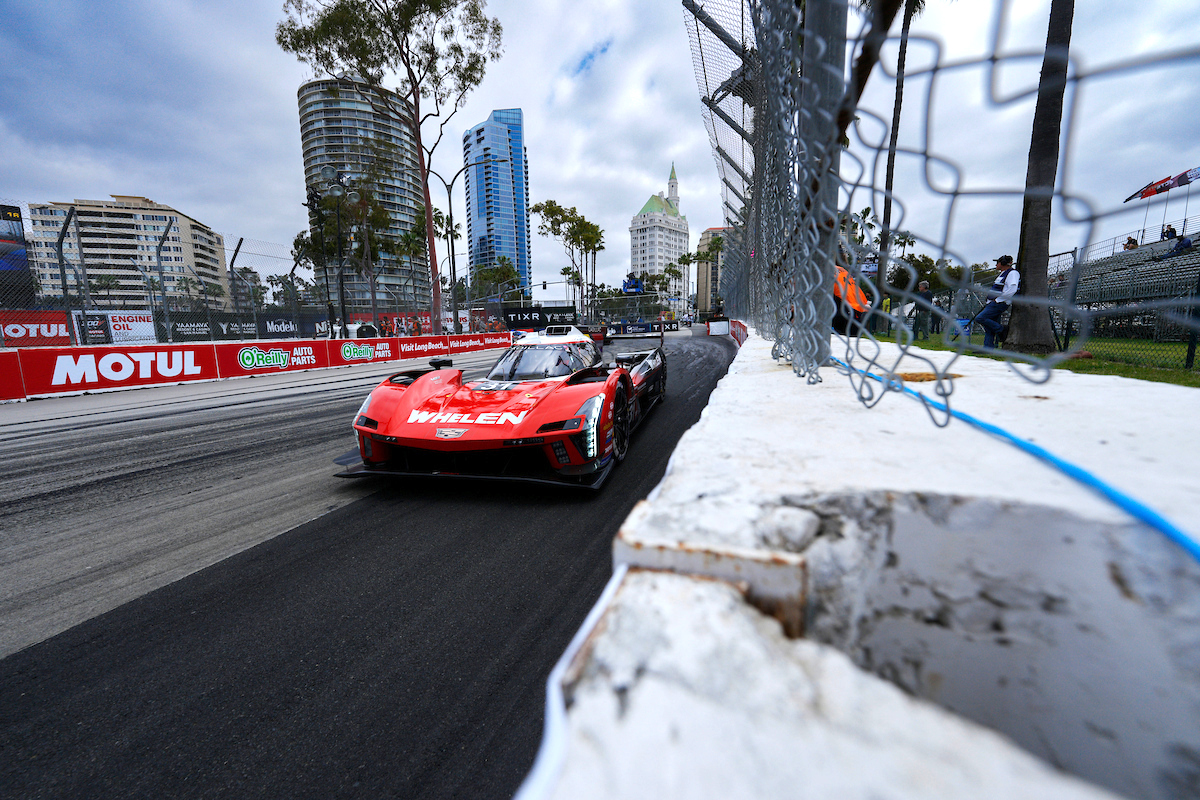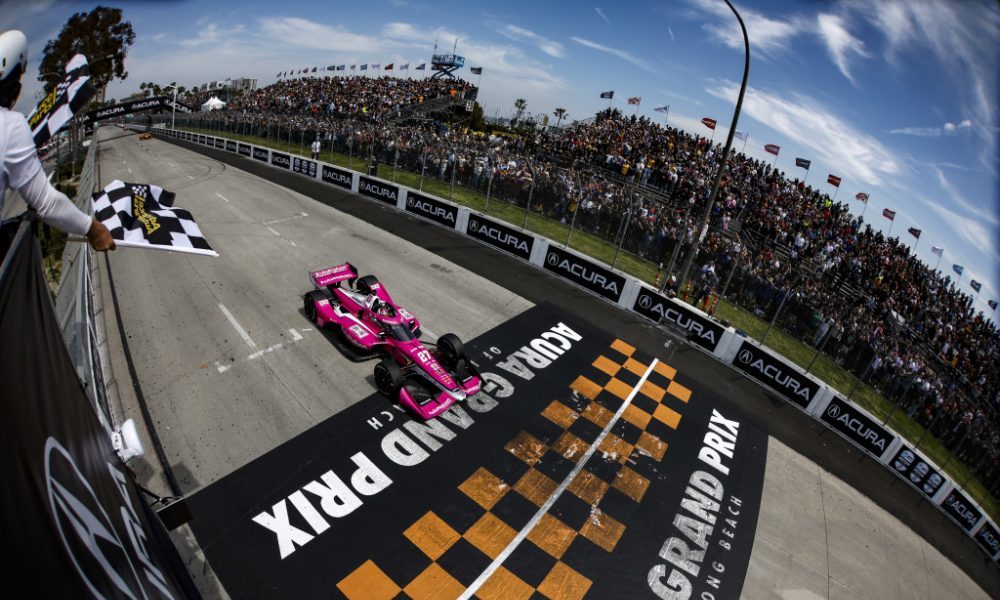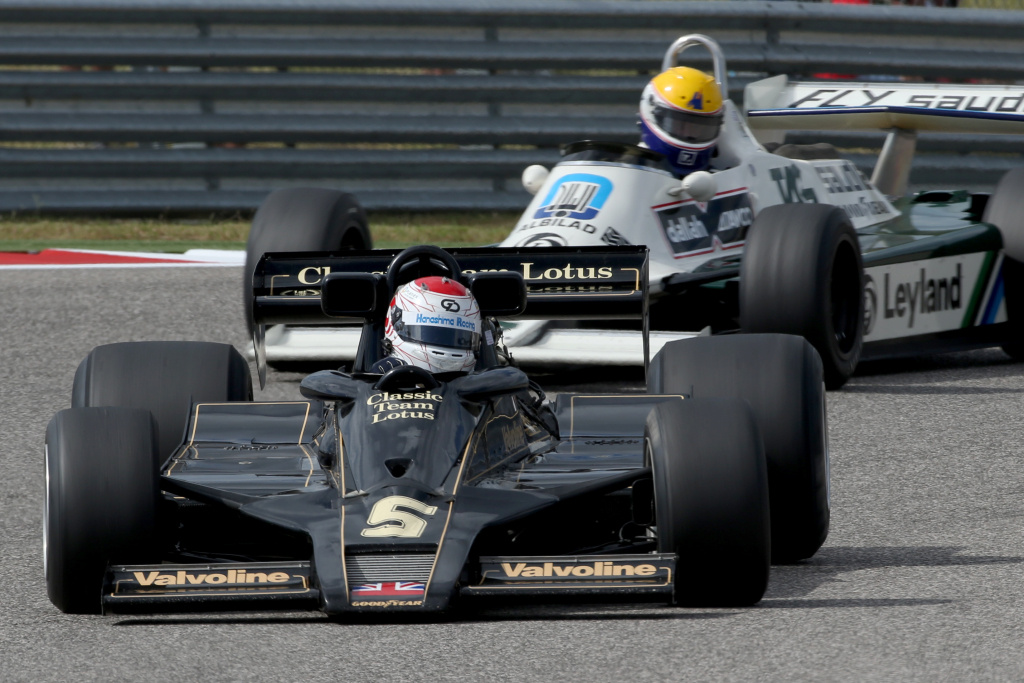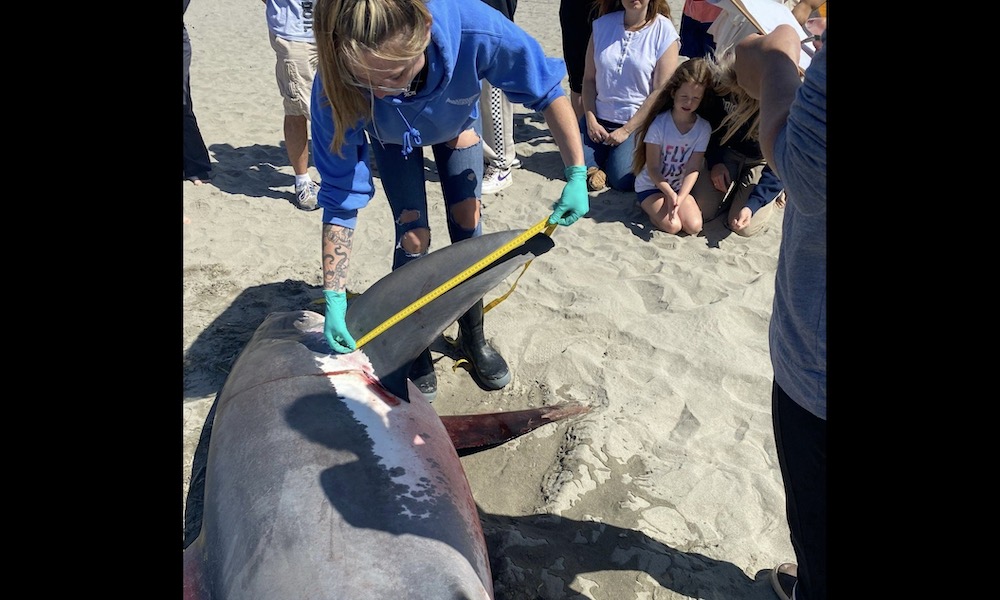Three seconds. Racing is always a game of seconds, but sometimes where those seconds happen makes the difference between winning and losing.
In this case, those three seconds were on the respective out laps of the top two GTP finishers following pit stops in the IMSA WeatherTech SportsCar Championship race at the Acura Grand Prix of Long Beach.
Sebastien Bourdais almost didn’t make it out in qualifying due to an issue with the hybrid system on his No. 01 Cadillac Racing V-Series.R. With only five minutes and encountering traffic, the best he could do was third. Meanwhile Pipo Derani put the No. 31 Whelen Cadillac Racing V-Series.R on pole. Bourdais pushed the car into second at the start, but he and Renger van der Zande would need to make something happen to win.
That something was to pit a lap after Derani handed the 31 over to Jack Aitken and took left-side tires. Not only that, but the 01 left the pits on the same — hot — tires it came in on. That gave the Chip Ganassi Racing-prepared 01 Cadillac track position thanks to an out-lap that was 3s quicker.
[lawrence-auto-related count=3 category=1406]
With a softer tire for this year’s race, most teams felt that completing the race on a single set of Michelin tires was not in the cards. That was the trick Porsche Penske Motorsport used to win the race last year. But the CGR team saw something in the degradation and the data that they liked, and with Saturday morning dawning a bit cooler than expected, and the clouds hanging around a bit longer keeping track temperatures down, the play became more possible.
“It came from yesterday’s data,” explained Bourdais of the idea that eschewing fresh tires could work. “Obviously we really dreaded a lot of tire deg because it’s the softest of all the tires that there is in the Michelin panel. And yeah, it’s kind of weird, but the degradation was actually very little and the wear was almost nothing.
“When we saw that, combined with the fact that the sun kind of came through the clouds around noon-ish, track temperature was quite low compared to what we’re expecting. It was one of those where you’re like, ‘Well, you know, on the out-lap, if we change tires, it isn’t going to be so zoomy.’ Being second meant we had to try something to beat those guys. So overcutting them was the goal and doing no tires was the best way to maximize the speed on the out-lap, and that was about it.
“They only took two tires but it was the difference. It was definitely the right way to go and Renger made it stick. You obviously feel a lot smarter afterwards, and we were not entirely sure it was going to work. But that was the only way we were going to try and win this race.”

The CGR team had also noticed that the Whelen squad had carried tires from FP1 into FP2. The Whelen squad had some information that the tire degradation was lower than expected, but it’s not a risk that the leading car would take in most circumstances.
“We had some good information from testing, especially FP2,” said Derani. “I think when you are out ahead, you tend to try and play a little bit safer because you have track position, and so that’s where you have your hands a bit tied compared to guys at the back who can just risk for something else to try to get ahead.
“For us it would have been a much greater risk for us to just try and do that. So I guess that’s where this race can flip upside down and in a blink of an eye, because it is so short. Obviously we knew more or less how long the tires lasted in practice, but it’s never fully representative of 100-percent, green flag laps … which again, you can’t predict in a race because this race had a lot of yellows, which meant that Renger had his tires better than they potentially could have been.
“In the end of the day, the position we were in did not allow us to make a risky move on on the tires and eventually, by not taking the risk, we end up finishing second, unfortunately.”
The No. 31 obviously had an edge in the grip department. But it wasn’t big enough for Aitken to exploit it.
“The way the softer tire seems to work here, it overheats fairly quickly and seems to live in that zone where it’s sliding and having a hard life, but never hits a cliff. Or at least we didn’t get enough green laps to get to that point where Renger was really without grip completely,” Aitken said.” For sure I had a grip advantage, but it wasn’t as much as I expected.”
Arguably, van der Zande had the tougher job of the two drivers in the No. 01, having to keep those tires under him for an hour, although two yellows during his stint certainly helped. So did being in front. But managing the tires was critical.
“Tires make a big difference — if you have fresher tires, you can really pull a gap, and if you don’t, and the guys behind you do, they stay close,” noted van der Zande. “Some of it was management because on a street circuit like this, it’s hard to overtake.
“So if you know where he could overtake you, that’s where you want to have a bit of a breather, but on the other corners you kind of keep him close and make sure you can keep your tires alive. How much was tire management and how much was controlling the race? I think it was really both of them.”
Hot tires led to a three-second better lap where it was most critical. And those three seconds produced victory.
